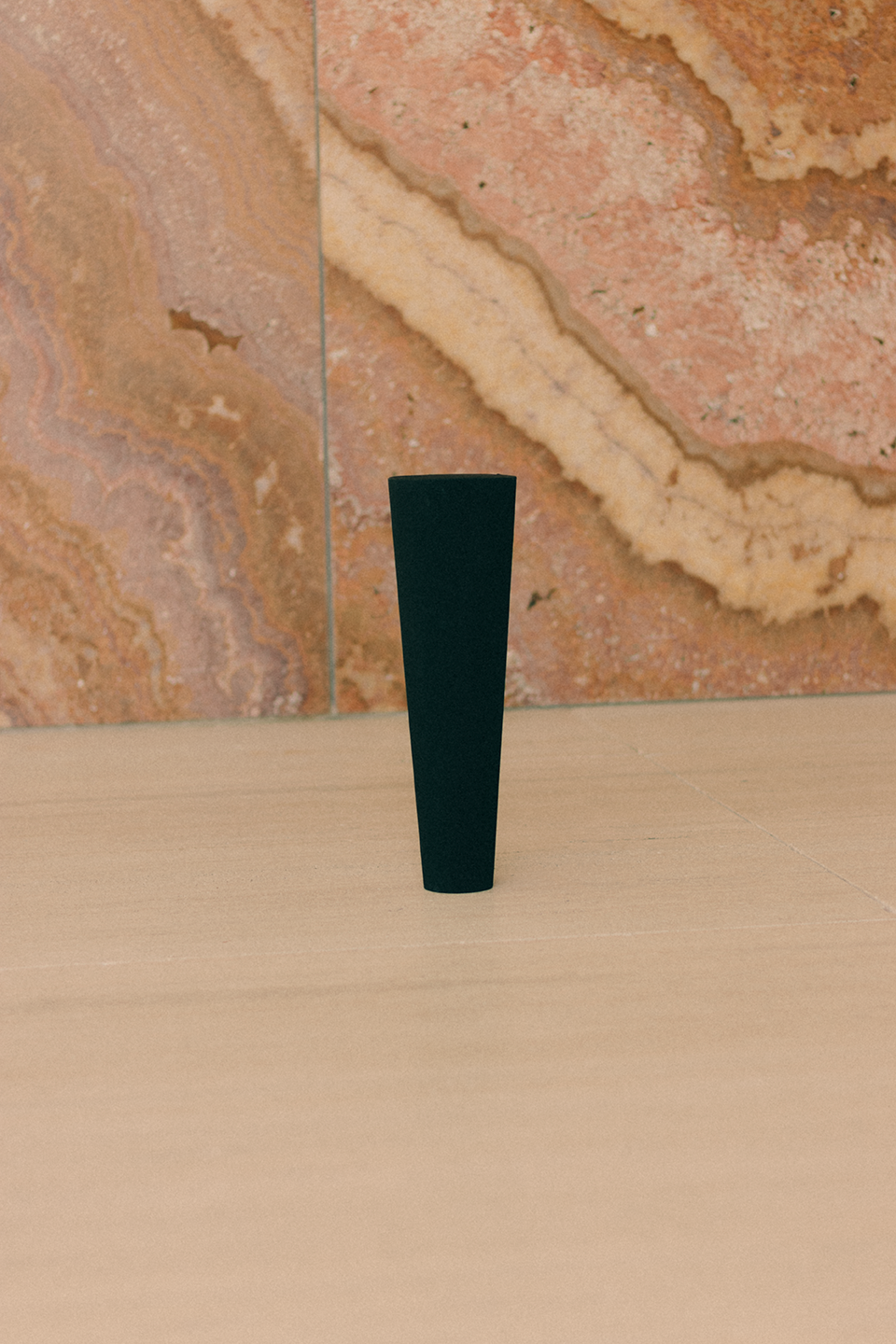



The conversation about new ways of being
from the masculine side is still rare. Concepts such as toxic
masculinity raise questions about what it means to be a man
today and what role one can play in the search for a more
egalitarian society. At the same time, newer ideas such as
non-binary gender or gender fluidity raise questions about the concept of masculinity itself and how relevant it really is.
This project stems from a personal interest in trying to answer
these questions.
The aim of Rethinking Masculinity from the start was to generate a series of elements that would help communication and diffusion to create a conversation around the concept of masculine gender roles and their current state. One element that emerges clearly as a common factor throughout research is the topic of emotional expression around male identity. The emotional limitation that accompanies stereotypes and male pressures, both internal and external, is identified as one of the pillars upon which the problem of hegemonic masculinity is built. The final decision was therefore to work on a number of pieces that would encourage introspection and would lead to questioning the limitations and contradictions of masculinity itself.

The ideas compiled throughout the process culminate
in the grouping of masculinities into four states or stages:
innocent masculinity, hegemonic masculinity, masculinity in crisis and new masculinity. The materialisation of these
ideas is given by the construction of four columns or pillars,
each representing one of the phases of masculinity.
The
formalisation is based on the interaction of each columnwith its surroundings, understood through light, making a
parallelism with the way in which each of the masculinities
expresses itself and interacts with the social environmen at that stage. In other words, the piece and its form is the
masculine identity and the light and the environment represent
the social context.




Innocent masculinity
The first state refers mostly to childhood, a time when identity
is still in formation and the child or young person acts on the
basis of imitation of others. Thus, the chrome piece configures
the stage of innocence, fully reflecting its surroundings; its
sinuous shape refers to the malleability of the young identity.
Hegemonic masculinity
represents a rigid
masculine identity, shaped according to the social pressures
of the environment, but which, once constructed, presents an
enclosure to possible changes. The Black 3.0 coat completely absorbs the
surrounding light without reflecting its surroundings at all. Like the pattern of hegemonic masculinity, the shape of the piece is uniform,
simple and well-defined, but its base is narrow: an aggressive
modification to the environment or to the piece itself could
jeopardise its balance.
Masculinity in crisis
is a stage that presents
numerous contradictions, as there is an intention to change
with respect to established masculinity, but it is complicated
to renounce the privileges it provides, as well as to look for
new referents. The crisis is represented by a figure that is also
uniform and well-defined, which even takes a form reminiscent
of old patterns, but which nevertheless interacts with the
environment in a particular way. The chameleon paint finish
allows us to observe a series of colours that vary from greenish
to pinkish tones depending on the angle of incidence of the
light. It is thus a piece that allows us to reflect on a masculinity
that wields old patterns but shows a desire for more individual
expression and reacts to the changes in the environment.
New masculinity
is probably the most
difficult to define. It does not attempt to give a concrete answer
or a fixed pattern of what the masculinity of the future should
look like. What it seeks to do is to provide a new vision of
masculinity and gender in general: it is a state that is based on
the individual’s introspection and self-expression, according to
his or her unique identity, context and needs. While this action
is individual, it is understood as a potential agent of social
change, a personal expression that inspires the free expression
of one’s environment. Thus, the luminous column represents this stage
through a piece whose curve shows a deviation from the
hegemonic pattern, the creation of a new path. The light in this
case is radiated by the piece itself, reflecting colour as desired,
thus generating changes in the surrounding light.
